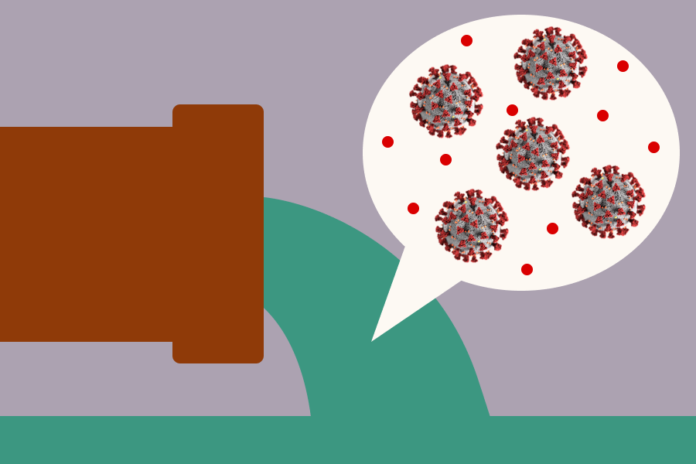Healthy Central Valley Together is now conducting COVID-19 wastewater testing in Davis
By SYDNEY AMESTOY — campus@theaggie.org
Davis residents, as well as residents in some other central valley communities, can now check local COVID-19 rates based on their city’s wastewater via the Healthy Central Valley Together (HCVT) program, a collaboration between UC Davis and UC Merced researchers.
According to the HCVT website, the program currently tracks the spread of COVID-19 via wastewater from water treatment plants in the cities of Davis, Woodland, Winters, Esparto, Merced, Turlock, Modesto and Los Banos.
Dr. Heather Bischel, an assistant professor at UC Davis and one of the lead researchers on the project, described the scope of the project’s recent expansion.
“We are working with seven new cities and their wastewater treatment plants to measure COVID-19 rates, and working with public health departments in three different counties to increase access to public health data,” Bischel said.
Data from each community, including Davis, can be found on the HCVT website and measures for three different variants of SARS-CoV-2. According to the website, information taken from the sampling of local wastewater updates once or twice a week.
“This kind of test is not biased by the test-taking behavior involved in people going out and getting tested or taking a home test in which that information doesn’t get reported to a public health officer,” Bischel said, “As home tests get more popular, the public health agencies get less information, and that gap in data can be measured through wastewater tracking.”
According to Bischel, the surveillance project’s expansion to the central valley, as well as other cities in Yolo County, was born due to a lack of COVID-19 wastewater monitoring in these communities.
“There was a real gap in [wastewater] monitoring,” Bischel said. “Most of the monitoring had been done in urban or coastal areas and fewer areas in more rural or disadvantaged communities. Knowing that this was valuable public health knowledge, we wanted to work with smaller rural communities.”
Colleen Naughton, an assistant professor at UC Merced and another lead researcher on the project, also spoke on the goal of improving wastewater testing in disadvantaged communities.
“We are doing a lot of advocacy to expand [wastewater tracking] to other communities, even if it is not through us,” Naughton said.
“Healthy Central Valley Together’s framework is equity, and as we expand and think long-term, we should prioritize communities that have less access to public health data,” Dr. Bischel said.
The information gathered from HCVT is not only on their website but is also a part of the California Surveillance of Wastewater Systems, otherwise known as ‘Cal-SuWers,’ according to Naughton.
“Any data that is submitted to the [Center for Disease Control and Prevention] national wastewater surveillance system, goes through the California Surveillance program,” Naughton said, “So either [Cal-SuWers] themselves do the monitoring and data, or they partner with organizations such as Healthy Central Valley Together, SCAN (Stanford University’s Sewer Coronavirus Alert Network) or other monitoring organizations and coordinate that data as part of their funding by the state.”
Written by: Sydney Amestoy — campus@theaggie.org






